Ryan Mills is a fine art photographer based out of Spokane, Washington. Currently, he works with 4×5 black and white film making provoking and emotional portraits of his friends and family, primarily concentrating on children. Read to learn why he works with large format cameras and about his time spent with legendary photographer, Jock Sturges.
Josh Campbell: How did you get started?
Ryan Mills: I came to photography in a roundabout way. I wasn’t interested in art in high school. I did youth works? And we did photography first and we’d hang them up on the wall—photography from floor to ceiling. After doing that for a while I really began to enjoy photography. At the time I was working at a thrift store and I had more cameras than I knew what to do with. There was no real skill involved at that time for me. Just a lot of clicking. I did what I could and slowly it evolved into something that I really got into. When I switched jobs I ended up selling a lot of the gear I had accumulated and I got out of the habit for a couple of years. Then digital photography started becoming prominent. I got a digital camera and started shooting with friends. In the last few years its grown into a serious endeavor. At the beginning I shot everything from weddings, to the elderly, to dogs, to landscapes. Over time I began to slowly focus on people, which is what interested me most.
Josh Campbell: Are you a full time photographer?
Ryan Mills: No, at this point its about the art side of it. Making money in photography has become much more difficult these days. Anyone can buy a digital camera and call themselves a photographer and there are even cell phones that can take acceptable photos. Its really changed the game. Where I live, there is an over-saturation of photographers who charge $25 for an hour session. It’s difficult to make money doing it unless you’re in a large market. What qualifies as a good image is lost because everyone is exposed to so many photos. You see this happen on Facebook all the time. Back in the day, a really good film shooter had a particular look. Nowadays, everyone’s shooting with a digital camera and it all looks the same. Art photography is my main consideration and my goal is exhibition in galleries.
Josh Campbell: How do you get into large format photography? Do you use a 4×5 or bigger?
Ryan Mills: I use a 4×5 camera. It’s gotten to the point where 10 shots will cost you $100. I’d really like to got up to 8×10, but its going to depend on what the market does. It has a lot to do with cost. While shooting digital, I was always trying to get a particular look. I spent a lot of time studying photography masters from the 30’s and after and trying to replicate that look. I couldn’t get it with digital. My interest in large format came from a desire to achieve that look and make really big prints.
Josh Campbell: Why do you prefer shooting large format and how does it change the way you photography?
Ryan Mills: With large format, you really have to stop, think about and look at what you’re going to shoot. You can’t just click away. Ever since I’ve gone to 4×5 I take far fewer photos, even when I shoot digital. During a session, I usually shoot 15 sheets of film, 25 sheets max, depending on the attention span of the subject. You have a lot more conversations with people by using a large format camera. They are more relaxed, which is counterintuitive because they have to sit there for a while. There’s a lot more time for conversation while I prepare the equipment and I get a more natural photo. I take a photo and we talk for a few minutes while I’m moving things around. Eventually I see something and say, “Oh yes! Hold that look.” I take the shot, we talk a little more, and we repeat the process. The flow of it works best for what I do.
Josh Campbell: Is the bulk of your work commissioned or self assigned?
Ryan Mills: Most of it is personal work and done with my friends and their kids. Its almost always someone I know. I don’t take a lot of cold calls. People see what I do and expect that I can make it happen with anyone. However, most of the work I make is based on the relationships I have with individuals. I work on a different level with them than I could with a stranger. Its hard to get the same dynamic withsomeone I haven’t met.
Josh Campbell: How do you find subjects?
Ryan Mills: About half of them are people who I know and ask if I can take some photos of their kids. Or I might approach them if their children have the right qualities. I have about 15-20 subjects I’ve been shooting for 5 or 6 years. Every summer I go through the list and find time to photograph each one.
Josh Campbell: What makes a good subject?
Ryan Mills: There are conceptual photographers and emotional photographers. I find myself on the emotional side. It’s more about connections with people rather than trying to project something on them. When I’m picking a subject, it’s not about an idea that I have for them. Jock Sturges told to me, “to watch your model move through space”. If you pose them, then you’re pushing yourself on them and not capturing how they really are. I’m looking for someone who’s relaxed and open and not trying to project something. That’s why I work with kids so often. Adults often show what they want others to see and not who they are. Kids always show who they are and are a lot easier to work with.
Josh Campbell: Do you use artificial or natural lighting?
Ryan Mills: I don’t do a lot of studio work. During the winter months I experiment with it, but I find it very sterile. I’ve seen people achieve very dynamic lighting in the studio, but I can’t get it and its not really my thing. I use natural light in all of my work. I don’t even use reflectors. It’s all about finding the right light. When I go to a place, most of the time I’m seeing problems left and right. Once you find a place with the right light and the right background you tend to use that one spot quite a bit.
Josh Campbell: Do you consider yourself a photographer or an artist?
Ryan Mills: I think both terms get thrown around way too much. I don’t feel accomplished enough to consider myself an artist. But a photographer is just someone who can use a camera. However, if I had to pick one, it would be photographer. To become an artist requires years of mastery which I just don’t have yet. A big part of meeting Jock was to see what a real artist is like. Where I live, I don’t get a lot of opportunities to meet a lot of big artists. It gives you a greater respect of what it means to be an artist when you get to talk with them. They talk about their work differently than a photographer who just shoots family photos. For now I call myself a photographer, but the goal is to become an artist.
Josh Campbell: Why did you choose photography?
Ryan Mills: I’m fascinated by people. Capturing something real is my goal every time I shoot. I have studied other forms of art—painting, sculpture, etc. But I just keep coming back to photography. There’s a level of realism that just isn’t there when I look at paintings. However, sculpture has interested me quite a bit. There’s a lot that goes into a sculpture. You’re working with something bland, you have no background, nothing around it, no shadows. You have none of the things that make a photo work. Its impressive when you see a sculpture that works.
Josh Campbell: What do you like best about being a photographer and what do you find most challenging?
Ryan Mills: The best part is working with people. I like the social aspect, which is a little strange for me. I’m not a very social person. Photographing people is the time I get to socialize. I love photographing my friends. I don’t get to see them very much and photography is the only time I get to spend with them.
The challenging part is getting consistent lighting. The quality of light changes the impact of a black and white photograph and finding it can be difficult. I try to scout locations beforehand, but it doesn’t always work out. When the location doesn’t work, you shoot something just to make sure the model doesn’t feel as if there’s something wrong with them. It’s important to reassure your model and make them feel comfortable. When you’re making mistakes, you have to be sure they know they aren’t doing anything wrong.
Josh Campbell: What’s the most important rule for you to stay true to?
Ryan Mills: I don’t necessarily have rules when I photograph. In the art world, there are a lot of ideas of what should be art. When I first started shooting digital, nobody in the art world would take you seriously if you weren’t shooting film. Now, there are some contests that won’t accept your work if you enter with film. The rules that used to apply don’t anymore. In the end I think it’s about the final product. It doesn’t really matter how you get there as long as the end result is good. On the digital end, they shoot so that it looks good on the screen and not the print. My only rule is to create something that’s of high quality in the end product.
Josh Campbell: How do you know when a series is finished?
Ryan Mills: I don’t think anything is ever final. My goal is not to get 6-10 photographs and call it a series. My work is intended to go on for a while. I’m looking at projects that are going to span time. I’ve got a friend of mine who just had a baby. By the time this kid is 25 I’d like to have 25 years worth of work and then I’ll feel like I’ve got a completed piece.
Josh Campbell: What are some artists that inspire you?
Ryan Mills: Such a tough list, I have been inspired by a lot of my betters over the years. But there are a few that have had a direct profound impact, Jock Sturges, Sally Mann and Mary Ellen Mark. They have all had a way of capturing life in a that feels very real, something I have great respect for. I spent a week in France working with Jock Sturges. His input was invaluable.
Josh Campbell: Where do you see your artwork in 5-10 years?
Ryan Mills: I’m at the tipping point for gallery work. I’ve been networking with those who are more involved in the art community and have been able to learn from them how to have work hung. It’s been motivating to hear that my work is good enough to show in a gallery. I’ve been cautious about putting too much work out there. I’m trying to wait for my moment. I think in the next year or so the body of work is going to be there and I’ll be ready to show in a gallery. In 10 years, I’d like to have a book published. A lot of galleries won’t show work without a book, but you can’t get a book without a gallery! By then, I’m hoping my body of work is large enough that I can make the book I want to make.
Josh Campbell: What do you wish you had known when you first started photography
Ryan Mills: Starting in film, I struggled a lot on the technical side, something that those who shoot digital won’t struggle with because they have instant feedback of the photo. For instance, now you can shoot a variety of f-stops and immediately see the result. If I had tried to shoot 4×5 ten years ago I would have failed miserably, but learning the craft through digital was game changing.
Josh Campbell: What advice would you give to budding artists?
Ryan Mills: Don’t shoot for anyone but yourself. There are a lot of people who would say that you shouldn’t study other’s work to stay true to yourself. I don’t agree with that. Studying other photographers is extremely important. You need to pick photographers that impress you. And that list is going to change from year to year as you progress. As I look back over what I considered to be my best work from years past they’re not as impressive as I once thought. Additionally, It’s important to study something other than photography. That advice comes from Jock Sturges. For me, its been sculpture. Studying sculpture makes you more aware of what a natural pose is. Sculptures are never forced.
Ultimately, you have to find what you love to photograph and then study art.
Photos by Ryan Mills, interview by Josh Campbell.

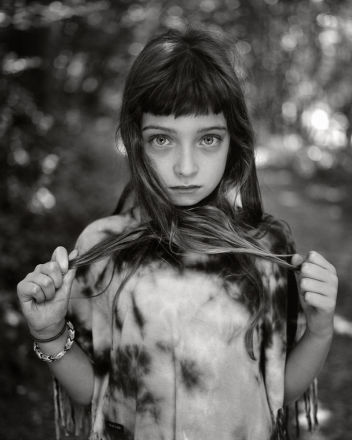
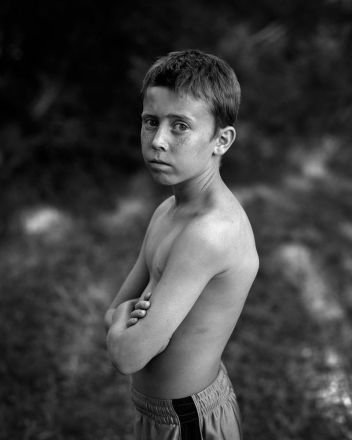
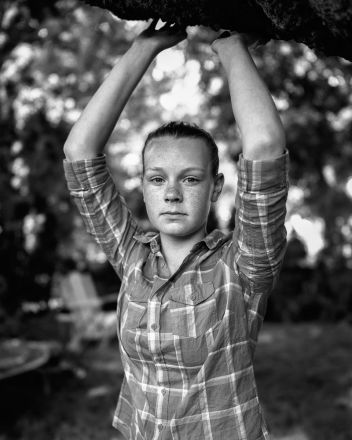
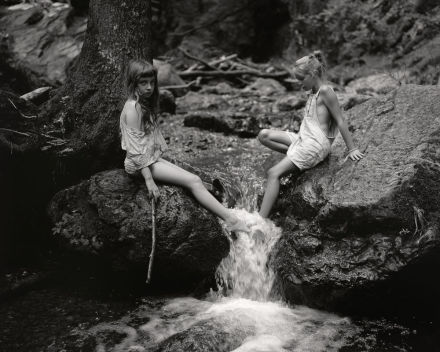
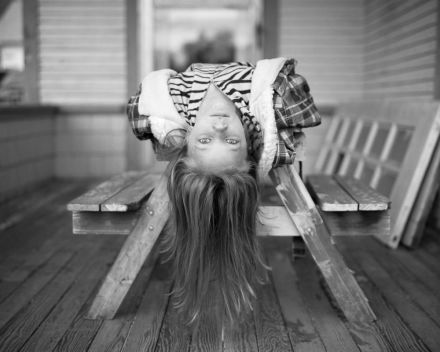
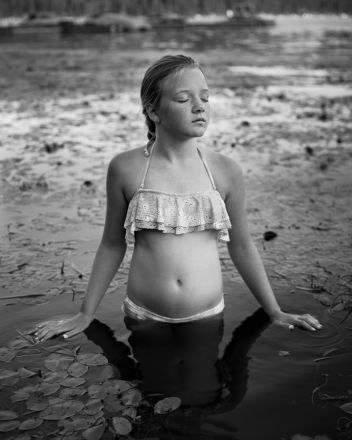
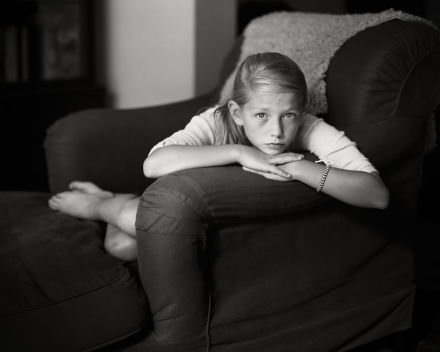
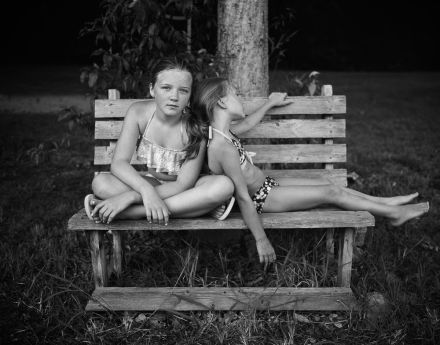
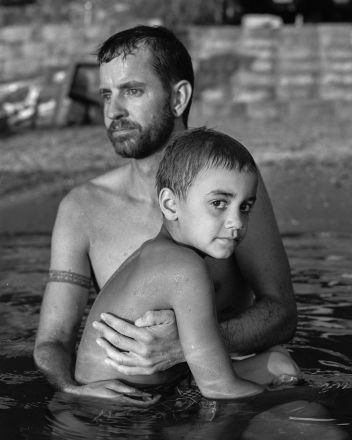
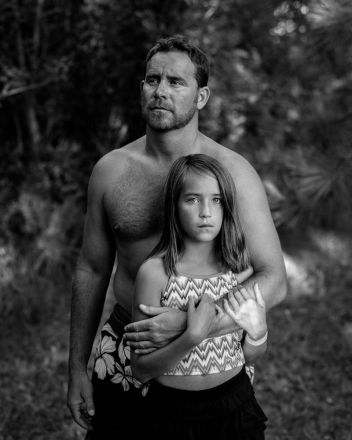
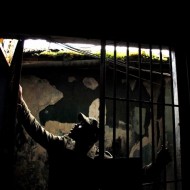
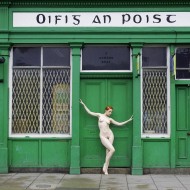
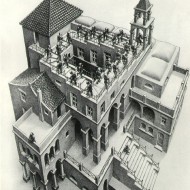





























You can also subscribe to this post comments RSS feed.